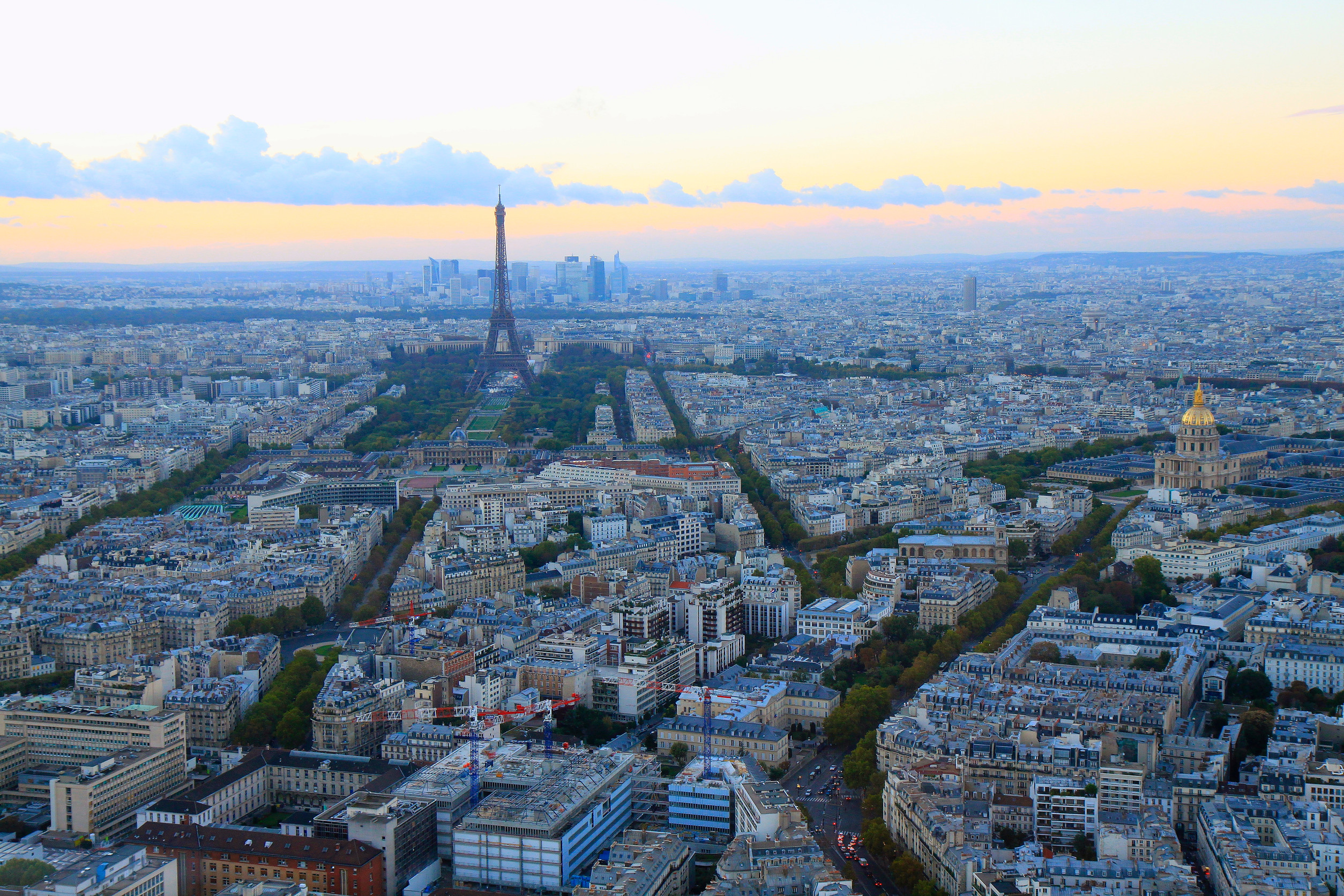Image Credit: positivetravelart/123rf.com
On March 23, a significant majority of Paris residents voted in favor of expanding the city’s pedestrian zones, with 65.96 percent supporting the initiative to pedestrianize an additional 500 streets. This referendum is part of Paris’s ongoing efforts to reduce car usage and improve urban air quality, contributing to a greener, more walkable environment.
Although voter turnout was low, at just 4.06 percent of eligible residents, the outcome signals strong backing for the city’s left-leaning administration to implement its ambitious plans. The recent vote follows a series of transportation reforms, including a ban on shared e-scooters and increased parking fees for large SUVs. With this latest initiative, the city plans to remove an additional 10,000 parking spaces, building on the 10,000 spaces already eliminated since 2020.
The two million residents of Paris will have the opportunity to participate in deciding which streets will be designated as car-free zones. These newly created pedestrian areas, often termed “green lungs,” are designed to provide safe spaces for walking, cycling, and socializing without the interference of vehicular traffic. Following this expansion, Paris will boast nearly 700 pedestrian streets, accounting for over ten percent of its total street network.
Data from the city’s administration indicates that car traffic in Paris has decreased by more than 50 percent since the early 2000s, reflecting a commitment to sustainable urban development and aligning with broader European objectives to combat pollution and climate change.
Despite these strides, Paris still lags behind other European capitals in terms of green space, which constitutes only 26 percent of its urban area compared to the European average of 41 percent. The expansion of pedestrian zones is viewed as a critical measure to enhance livability and foster healthier, climate-resilient neighborhoods in the city.
As the city moves forward with its pedestrianization plans, it takes a significant step towards a future characterized by reduced traffic, improved air quality, and increased public space for its residents.
Check out the original article here: Source link



